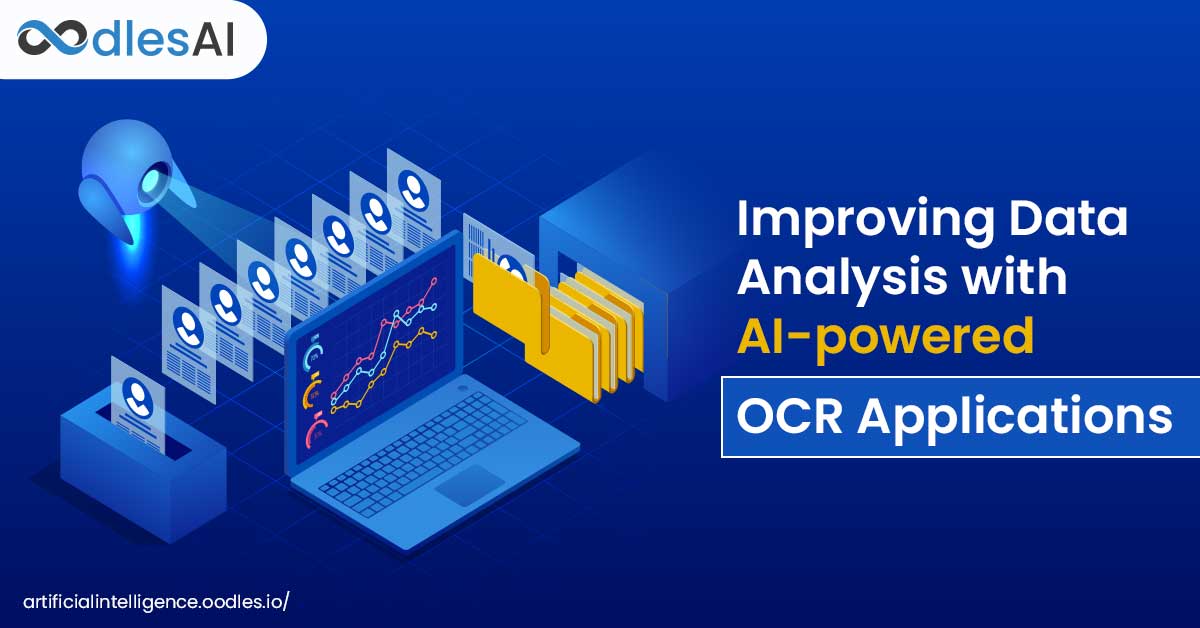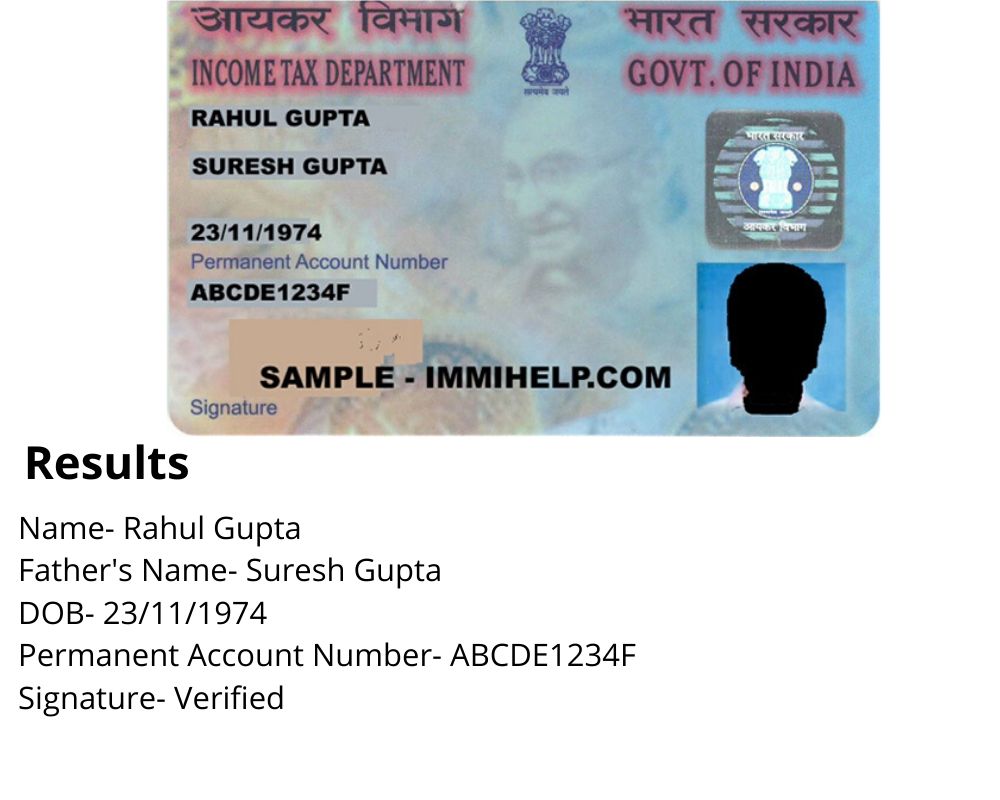Improving Data Analysis with AI-powered OCR Applications
Sanam Malhotra | 16th April 2020

Data, whether physical or digital, is the bedrock of business intelligence. In the run-up to understanding, analyzing, and capitalizing on data, artificial intelligence (AI) is introducing advanced solutions for businesses worldwide. AI in tandem with Optical Character Recognition (OCR) systems is streamlining and accelerating data extraction and insight generation processes. As an experiential provider of artificial intelligence development services, Oodles AI highlights some effective AI-powered OCR applications for dynamic business operations.
How Artificial Intelligence is Reinforcing OCR Applications
While OCR is an age-old technique used to extract text from scanned images of physical documents, it essentially required an update. Traditional OCR techniques relied on pre-loaded formats and templates of physical documents. The process extensively required human effort and cost to design and load fresh templates into the system for every new document.

Contrary to traditional Optical Character Recognition (OCR) processes, artificial intelligence eliminates the need for manual monitoring of inputs and outputs. AI-powered OCR applications are also commonly known as “Intelligent Data Processing” (IDP) or “Intelligent Data Capture” (IDC). Under AI, natural language, computer vision services, and machine learning technologies are combined to automate data and insight extraction from documents. In addition, AI-powered OCR applications are efficient at comprehending the content and context of the document, thereby providing the following benefits-
a) Automated data processing and entry
b) Efficient data extraction and storage
c) High accuracy for complex data structures
d) Easy translation in different languages
e) Scalable OCR models
With the ability to identify patterns and logic in unstructured and uncategorized data, machine learning methodologies add greater value to OCR systems. Moving ahead, let’s discuss some effective AI-powered OCR applications that can potentially reshape and reinforce various business operations.
AI-powered OCR Applications for Businesses
From government and private institutions to transportation and financial services, paper documents still render to be the backbone of essential services. However, businesses are now beginning to realize the significance of paper-less operations. Here’s how artificial intelligence services are evolving traditional business models into efficient and sustainable infrastructures.
1) Seamless boarding at transport facilities
Artificial intelligence is disrupting “traditional security systems such as screening, perimeter security checks, and surveillance”, suggests a BBC Research. With automated OCR techniques, airport authorities can accelerate the validation and processing of identity documents including passports, boarding passes, and identity proofs.
In addition to scanning and extracting text from identity documents, AI-based OCR systems can bring a high degree of accuracy to data verification. Searching for suspicious passenger records with AI-OCR applications becomes as streamlined as barcode reading with machine learning technologies.
Also read- Machine Learning and Augmented Analytics to Optimize Business Intelligence
2) Efficient government operations
Government institutes are annoyingly inefficient at digitizing operations and enhancing citizen satisfaction. AI-OCR propel the advancement of public services, especially at a time when over “80% of the citizens prefer digital services from governments”, reports Accenture.
In a bid to reduce data complexity, Oodles AI developed an AI-powered OCR model for identity document verification purposes. The system is efficient at scanning and processing-
a) PAN cards
b) Adhaar cards
c) Passports, and
d) Voter ID cards

The model authenticates and extracted users’ data in JSON files to ease procedures and decision-making.
Also read- AI-powered Optical Character Recognition for Global Businesses
3) Accelerated KYC processes
While banking and financial institutions struggle to comply with global KYC standards, AI is making strides with significant solutions. AI’s data extraction and processing capabilities are bringing value to various KYC processes such as-
a) Customer authentication
b) Fraud detection, and
c) Anti-money laundering compliances
AI is more efficient than humans at handling scanned copies of customer documents for multiple layers of verification. From collection to validation, AI-OCR can make considerable improvements in KYC processes for better security and experience.
Also read- AI Development for KYC: Business Guidelines and Applications
Deploying AI-powered OCR Applications With Oodles AI
At Oodles, we are a team of experiential AI developers and researchers building impactful and effective AI solutions to combat real-world challenges.
In a bid to optimize candidate onboarding process for a digital government initiative, Oodles’ AI team developed a machine learning-based OCR model.
The system extracts user information from structured and unstructured documents to store data in readily accessible, editable, and searchable formats.

The model has significantly improved and streamlined the onboarding process aimed at enrolling candidates for skill development and training activities.
In addition to OCR, our AI capabilities encompass computer vision, natural language processing, recommendation engines, predictive analytics, and chatbot development services.
Reach out to our AI development team to learn more about our artificial intelligence services and solutions.



